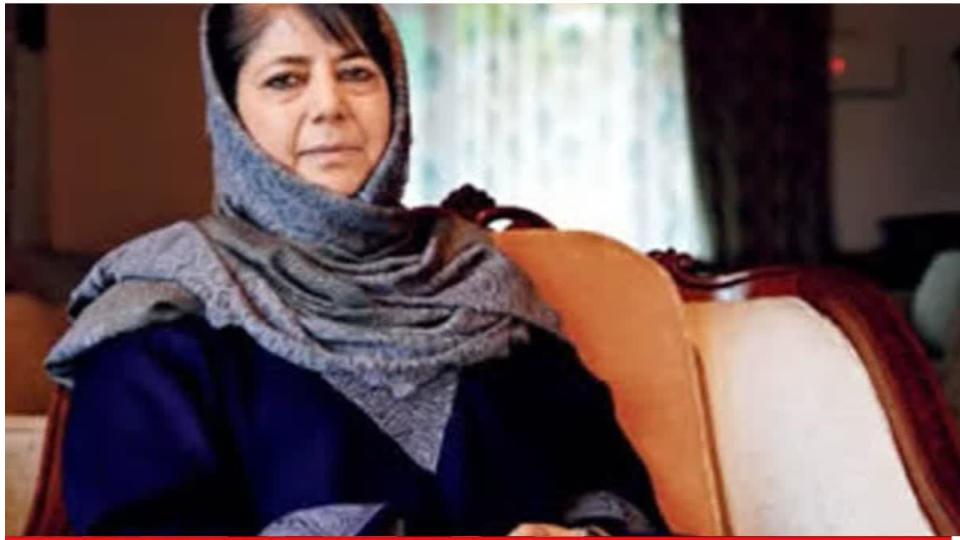New technology to boost internet speed
Mon 23 Oct 2017, 13:00:48

Slow internet and 'rush hour' - the peak time when data speeds drop by up to 30 per cent - could soon be history, thanks to scientists who have developed new hardware that consistently provides high-speed broadband connectivity.
The new technology enables dedicated data rates at more than 10,000 megabits-per-second (Mb/s) for a truly super-fast, yet low-cost, broadband connection, researchers said."By 2025, average speeds over 100 times faster will be required to meet increased demands for bandwidth-hungry applications such as ultra-high definition video, online gaming, and the Internet of Things," said Sezer Erkilinc, from University College London in the UK.
"The future growth in the number of mobile devices, coupled with the promise of 5G to enable new services via smart devices, means we are likely to experience bandwidth restrictions; our new optical receiver technology will help combat this problem," said Erkilinc, lead researcher of the study published in Nature Communications.
Scientists, including those from the University of Cambridge in the UK, developed a simplified
receiver to be used in optical access networks: the links connecting internet subscribers to their service providers.
receiver to be used in optical access networks: the links connecting internet subscribers to their service providers.
"To maximise the capacity of optical fibre links, data is transmitted using different wavelengths, or colours, of light. Ideally, we'd dedicate a wavelength to each subscriber to avoid the bandwidth sharing between the users," said Polina Bayvel, from UCL.
Although this is already possible using highly sensitive hardware known as coherent receivers, they are costly and only financially viable in core networks that link countries and cities.
The new, simplified receiver retains many of the advantages of coherent receivers, but is simpler, cheaper, and smaller, requiring just a quarter of the detectors used in conventional receivers.
Simplification was achieved by adopting a coding technique to fibre access networks that was originally designed to prevent signal fading in wireless communications.This approach has the additional cost-saving benefit of using the same optical fibre for both upstream and downstream data.
No Comments For This Post, Be first to write a Comment.
Most viewed from Specials
Most viewed from World
AIMIM News
Latest Urdu News
Most Viewed
May 26, 2020
Do you think Canada-India relations will improve under New PM Mark Carney?
Latest Videos View All
Like Us
Home
About Us
Advertise With Us
All Polls
Epaper Archives
Privacy Policy
Contact Us
Download Etemaad App
© 2025 Etemaad Daily News, All Rights Reserved.













.jpg)
.jpg)
.jpg)
.jpg)
.jpg)
.jpg)























